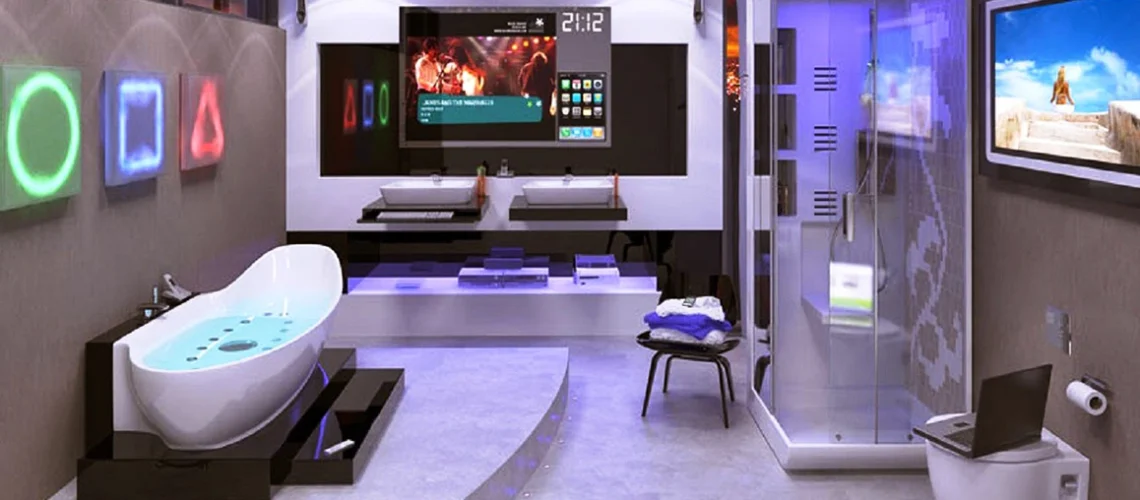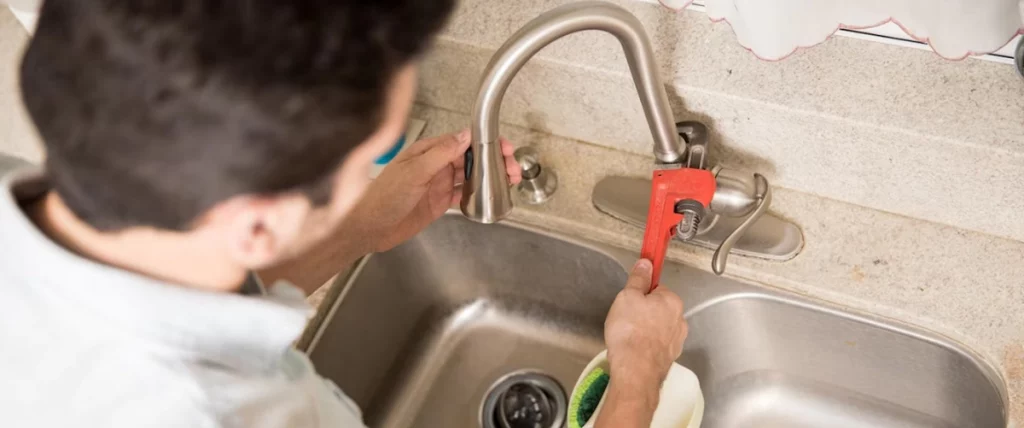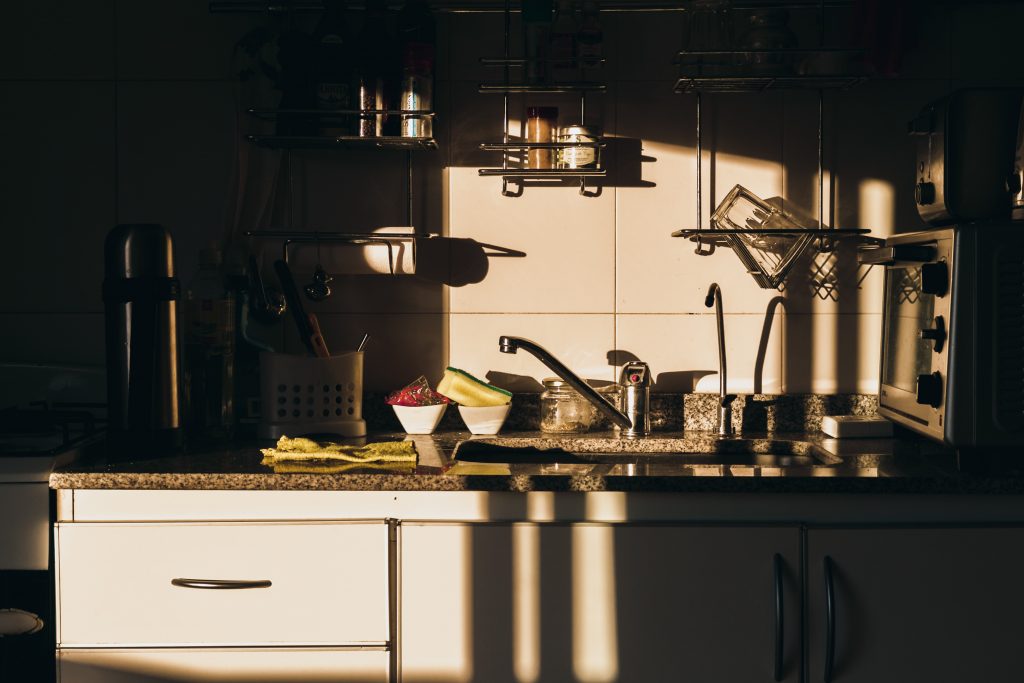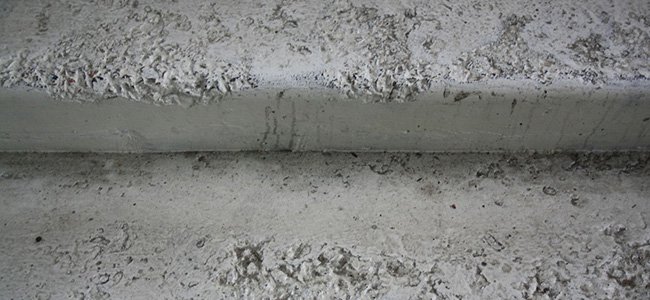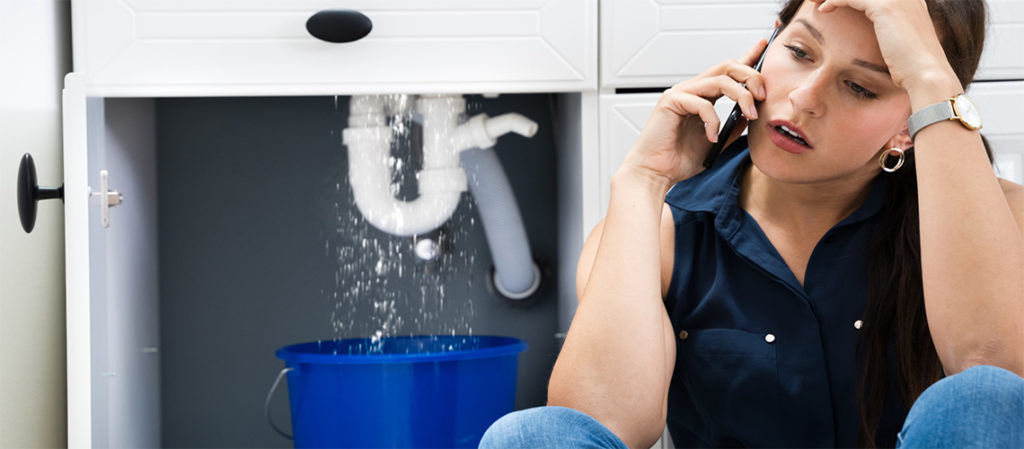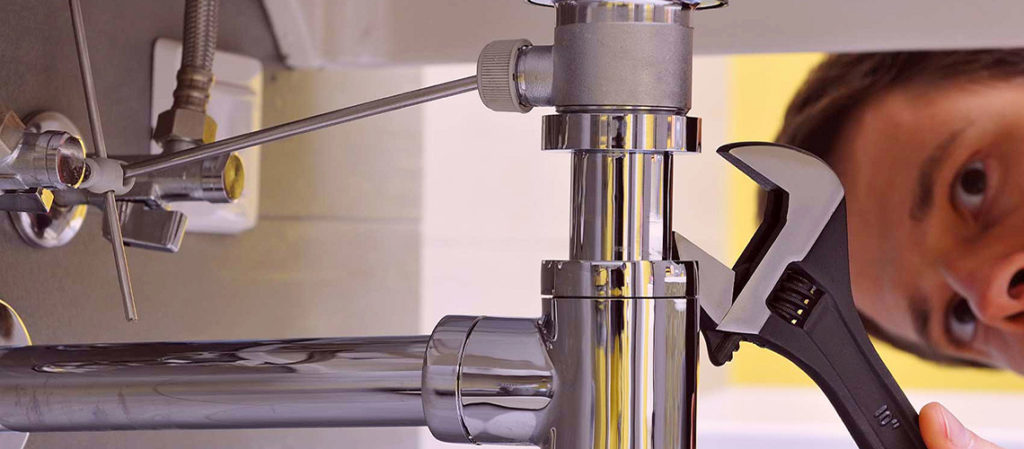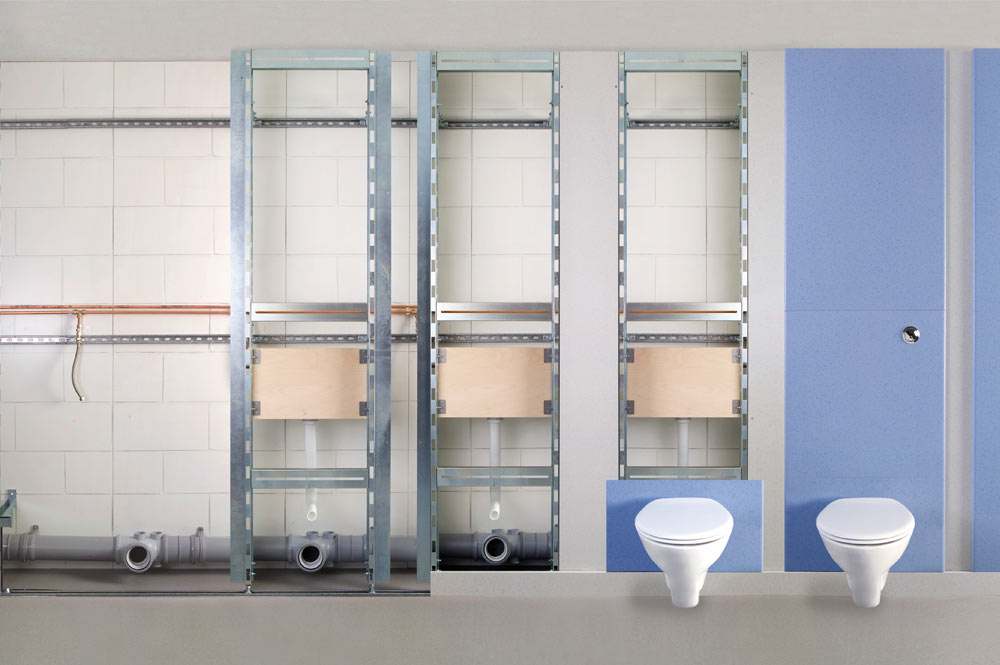The plumbing industry, much like other sectors, has evolved rapidly over recent years. Gone are the days of basic plumbing solutions, and welcome to the era of cutting-edge, sustainable, and intelligent systems. So, what’s changing the face of the plumbing world?
Contents
Sustainable Plumbing Solutions
Ever heard of the saying, “Water is life?” That couldn’t be more accurate. With rising concerns over global warming and environmental conservation, sustainable plumbing solutions have emerged as a top trend. The aim is to reduce wastage, use eco-friendly materials, and implement designs that are both functional and environment-friendly. Remember when water-saving was just about closing the tap while brushing? Now, it’s about systems that conserve water automatically.
Sustainable plumbing solutions are increasingly vital in the face of global water shortages, energy consumption concerns, and the need for greener infrastructure. Here are some sustainable plumbing solutions that can be considered:
- Rainwater Harvesting: This involves the collection of rainwater from roofs and other surfaces, storing it, and using it for non-potable purposes like flushing toilets, watering gardens, or washing cars.
- Greywater Systems: Greywater refers to the waste water from showers, baths, sinks, and washing machines. With proper treatment, this water can be reused for toilet flushing or irrigation.
- High-efficiency fixtures: This includes:
- Low-flow toilets: These use significantly less water per flush than traditional toilets.
- Low-flow showerheads and faucets: These reduce the amount of water used without compromising on the user’s experience.
- Sensor-activated taps: They prevent water wastage by only running when needed.
- On-demand or tankless water heaters: Instead of storing hot water in a tank and constantly reheating it, these systems heat water only when there’s a demand, thereby saving energy.
Investing in sustainable plumbing solutions can lead to long-term savings, both financially and environmentally. As water becomes an increasingly precious resource, the importance of conserving it — and the energy associated with its use — cannot be overstated.
Smart Technology Integration Next Generation
“Hey Siri, fill the bathtub!” might sound like a sci-fi scene, but with the integration of smart technology in plumbing, it’s becoming a reality. The next generation of plumbing focuses on integrating AI and IoT. Imagine detecting a leak even before it becomes a threat or controlling your home’s water temperature with just a voice command. Convenient, isn’t it?
Energy-Efficient Plumbing System
Energy efficiency is not just about electric appliances. The plumbing industry is diving deep into creating systems that utilize minimal energy. Tankless water heaters, for instance, only heat water on-demand, saving massive amounts of energy compared to their traditional counterparts. Think of it as the plumbing version of LED lights—bright, efficient, and cost-effective.
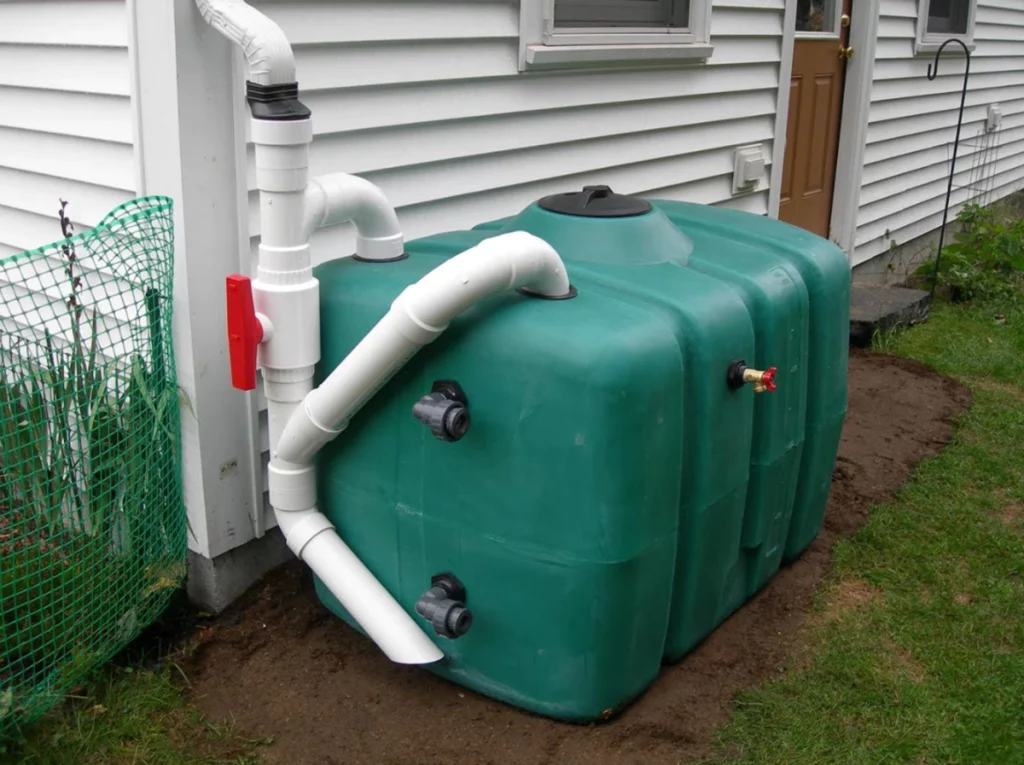
An energy-efficient plumbing system focuses on minimizing energy use, typically associated with heating water, while maintaining comfort and functionality. Here are some strategies and components that can help create an energy-efficient plumbing system:
- Tankless or On-demand Water Heaters: These systems heat water only when it’s needed, eliminating the energy used to keep a tank of water hot. They’re typically more efficient than traditional tank-type heaters.
- Solar Water Heaters: These systems use solar panels to capture the sun’s energy to heat water. While the initial investment can be significant, the long-term savings and reduction in carbon footprint are substantial.
- Heat Pump Water Heaters: Instead of generating heat directly, they move heat from one place to another, making them more energy efficient.
An energy-efficient plumbing system not only saves homeowners money but also reduces the overall demand on energy resources, contributing to a more sustainable and environmentally-friendly future.
Modern Bathroom Design Trends
Walking into a modern bathroom can sometimes feel like stepping into a 5-star spa. Rain showers, minimalist design, touch-free faucets, and even mood lighting—all of these are redefining the aesthetics and functionality of bathrooms today. Ever dreamed of having a rainfall shower with adjustable water pressure and temperature? Dreams are becoming a reality now.
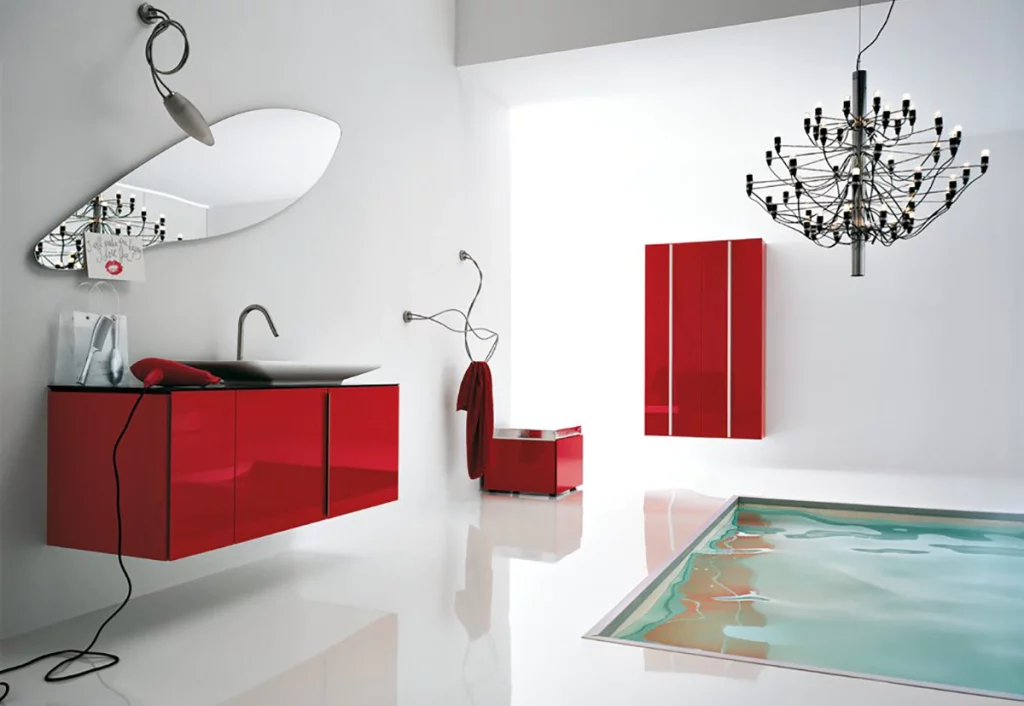
Innovations in Pipe Materials
Gone are the days when pipes were just metal or PVC. The industry is witnessing a wave of innovative materials that are durable, flexible, and more efficient. For example, PEX pipes are gaining popularity due to their flexibility and resistance to scale and chlorine. It’s like switching from old-school telephones to smartphones—innovative and efficient.
Water Conservation Techniques
It’s not just about saving water; it’s about using it smartly. Techniques like rainwater harvesting, greywater systems, and high-efficiency toilets are changing the way we view water conservation. Instead of asking, “How much water do we use?” The question is now, “How effectively are we using water?”

Water conservation is crucial for maintaining our planet’s limited freshwater resources, supporting ecosystems, and reducing the energy costs associated with treating and delivering water. Here are some water conservation techniques:
- Low-flow Fixtures: Install low-flow toilets, showerheads, and faucets. They can significantly reduce water consumption in bathrooms and kitchens without sacrificing functionality.
- Rainwater Harvesting: Set up systems to collect and store rainwater for use in gardening, toilet flushing, and other non-potable purposes.
- Greywater Reuse: Redirect wastewater from showers, sinks, and washing machines to use for landscape irrigation or toilet flushing after appropriate treatment.
- Watering at Optimal Times: Water gardens and lawns during the early morning or late evening to minimize evaporation.
By adopting these water conservation techniques, individuals and communities can significantly reduce their water consumption, thereby preserving this vital resource for future generations and reducing the environmental and economic costs associated with excessive water use.
Kitchen Plumbing Innovations
The heart of the home is not staying behind in this new wave of innovation. Touchless faucets, garbage disposal units that prevent clogs, and water purifiers with smart indicators are revolutionizing kitchen plumbing. Remember the satisfaction of using a new kitchen gadget? Now, imagine that feeling every time you use your sink!

The kitchen, often the heart of the home, has seen numerous plumbing innovations in recent years aimed at enhancing convenience, efficiency, and sustainability. Here are some of the notable kitchen plumbing innovations:
- Touchless Faucets: These faucets use motion sensor technology, allowing users to turn the water on and off without touching the fixture, thereby reducing the spread of germs and conserving water.
- Smart Faucets: These go beyond touchless operation. They can be voice-activated, have temperature control, and can even measure precise amounts of water.
- Instant Hot Water Dispensers: Installed under the sink, these devices can provide near-boiling water instantly, which is useful for making hot drinks or speeding up cooking processes.
These innovations not only provide increased convenience in the kitchen but also promote water conservation, energy efficiency, and overall sustainability. As technology continues to evolve, it’s likely we’ll see even more advancements in kitchen plumbing in the near future.
Trendy Plumbing Industry
The plumbing industry isn’t just about pipes and water anymore. It’s about smart systems, sustainability, and style. With more players entering the market, there’s a continuous push for better and trendier solutions. Ever noticed how fashion trends change every season? The plumbing industry is no different, with its own set of evolving trends.

The plumbing industry, like many sectors, has seen several changes and trends over the years due to technological advances, environmental concerns, and evolving consumer demands. Here’s a rundown of some of the trendy aspects in the plumbing industry:
- Eco-Friendly Solutions: With increasing awareness about water conservation and environmental issues, there’s a growing demand for eco-friendly plumbing solutions. This includes low-flow toilets, water-saving showerheads, and tankless water heaters.
- Smart Plumbing Devices: Just as in other sectors, the plumbing industry is also embracing the Internet of Things (IoT). Smart water heaters, leak detection devices, and even smart faucets that can be controlled through voice commands or mobile apps are gaining popularity.
- Gray Water Systems: Reusing water has become a significant trend. Gray water systems allow households to recycle water from showers, baths, and sinks for use in toilets or irrigation, reducing water waste.
- Modular Plumbing: For buildings and homes that need rapid construction, modular plumbing systems which can be pre-fabricated and then quickly installed on-site are becoming popular.
Next Generation Plumbing
The next generation of plumbing is all about a holistic approach. It’s about integrating technology, sustainability, aesthetics, and efficiency. As we step into this new era, one thing’s for sure—plumbing will no longer be viewed as just a basic utility but as an integral part of modern living.
The plumbing industry is undergoing a significant shift, embracing technology, sustainability, and innovative design. With each passing year, new trends and technologies emerge, promising a future where our water systems are smarter, more efficient, and more environmentally friendly. The future of plumbing is not just about water flow; it’s about the flow of innovation.
FAQ about next generation plumbing industry trends
New plumbing trends, such as eco-friendly fixtures, smart plumbing devices, and gray water systems, promote efficient water usage. These technologies can detect leaks faster, reduce the amount of water wasted in everyday tasks, and allow for the recycling of water, all of which significantly contribute to water conservation.
Yes, there are innovative sustainable plumbing materials in the market. One notable example is PEX (cross-linked polyethylene) which offers flexibility and durability. There’s also an increasing use of reclaimed and recycled materials for plumbing fixtures. Additionally, materials that reduce or eliminate the need for joint compounds and solvents are also being explored for their sustainability.
The latest plumbing trends include the integration of smart plumbing devices that can be controlled via apps or voice commands, the adoption of touchless fixtures for enhanced hygiene, trenchless pipe repairs for less invasive procedures, the use of 3D printing for creating customized plumbing parts, and an increased emphasis on water treatment systems and solar water heaters for sustainability.



